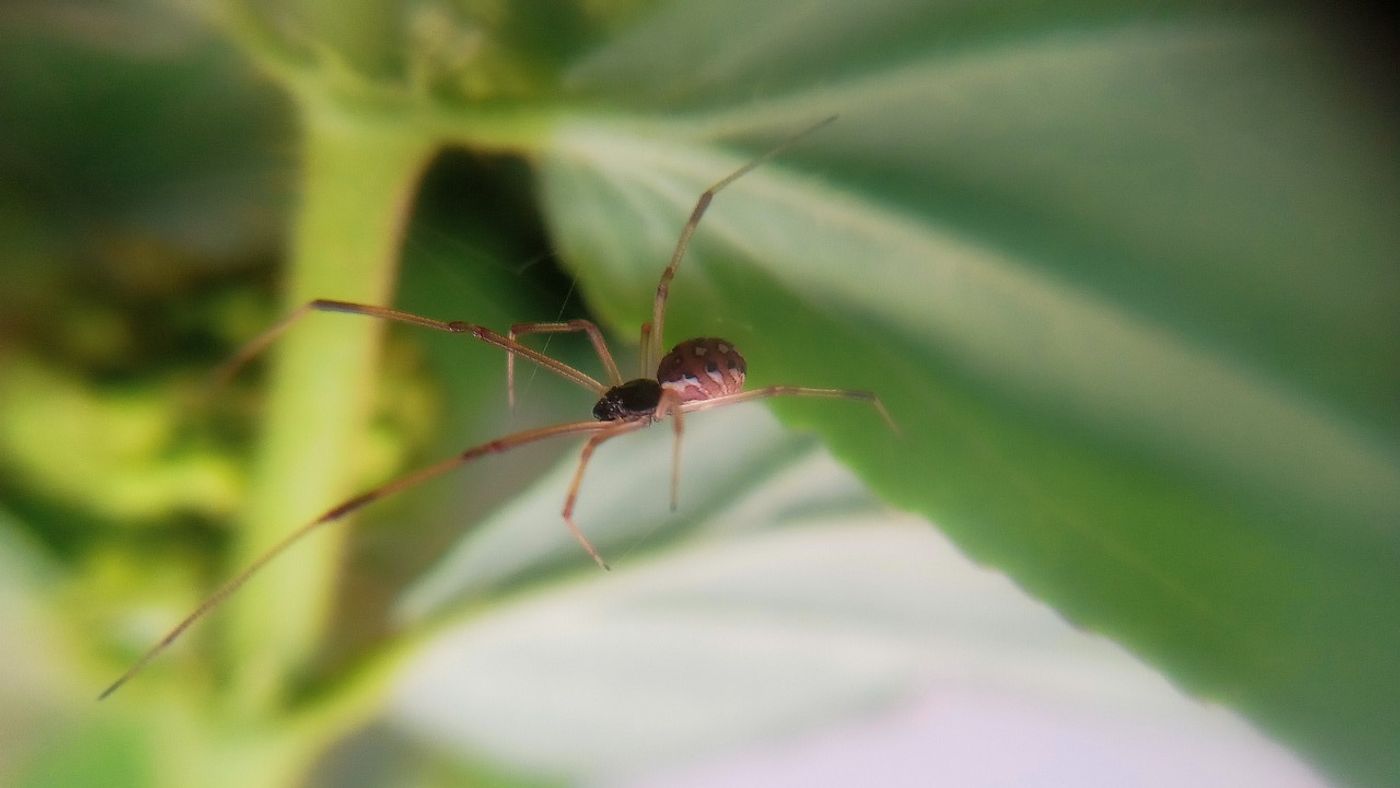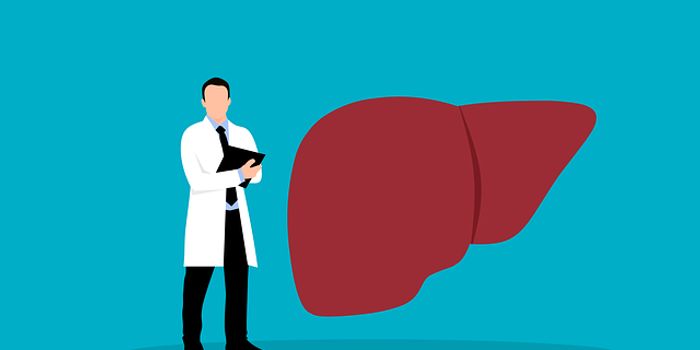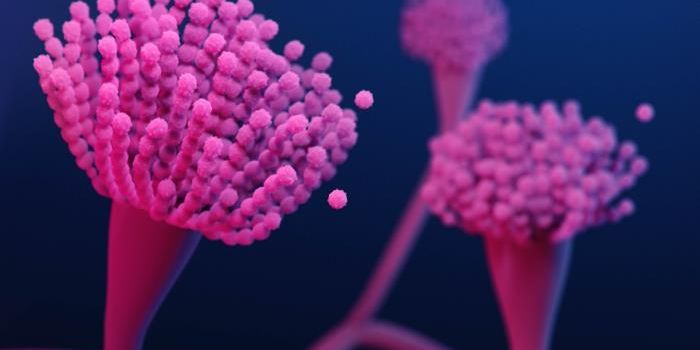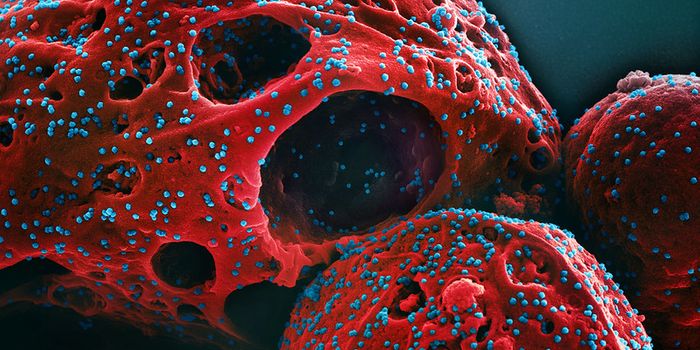Invasive Brown Widow Spiders Carry Chlamydia-Related Bacteria
The invasive brown widow spider, Latrodectus geometricus, is thought to be native to South Africa, but has moved to several places around the world and made a home there, including the United States, parts of Asia, Europe and the Middle East. The brown widow spider tends to live in warm urban areas, and this invader often outcompetes native spider species. Their venom is neurotoxic, and can cause serious problems in young children and the elderly.
Like other invasive species, this spider also brings the microbial community that it hosts along with it wherever it goes. While some of those microbes will remain exclusive to their specialized hosts, they may still affect the relationships between invasive and native organisms. Some microbes may also help their host survive in their new environment; they might help them resist local enemies, or affect fertility, for example.
In a new study published in Scientific Reports, researchers have now used genetic sequencing to identify a bacterium hosted by the invasive brown widow called Rhabdochlamydia. This bacterium was found at high levels in these spiders. This bacterium has only been found in rare cases in a handful of organisms, such as a tick, an isopod, and a cockroach. But 86 percent of the spiders that were assessed in this study carried the bacterium. The microbe was also found in the eggs of female brown widows, suggesting that Rhabdochlamydia is also passed down to offspring by their spider moms.
It is also a relative of bacterial pathogens that infect animals and people, including the bacterium that causes chlamydia. However, the study authors noted that a bite from these spiders won't cause chlamydia.
Since Rhabdochlamydia was found at such high levels in so many spiders, the work indicated that these "dominant, widely prevalent chlamydial bacteria" play an important role for the invasive brown widow spider, said Dr. Monica Mowery, an assistant professor at the City University of New York.
The researchers noted that an understanding of bacterial symbionts carried by invasive species can help us learn more about the place of microbes in ecological relationships, and their place in the environment.
Sources: Eurekalert, Scientific Reports









